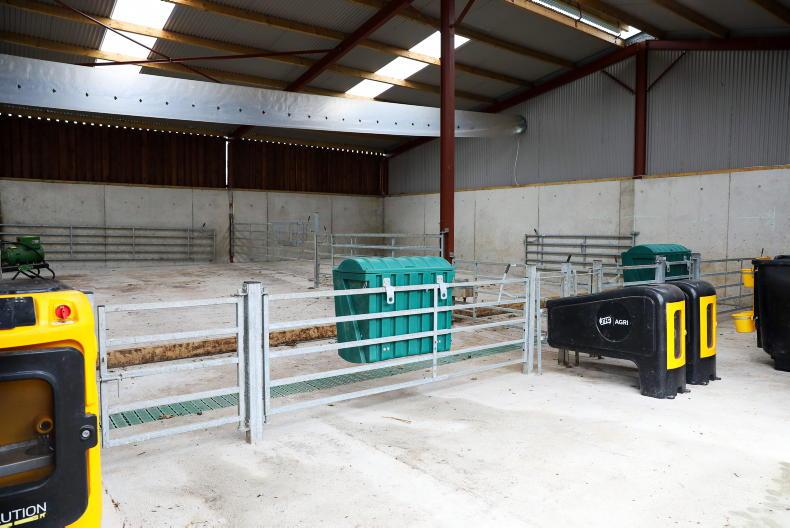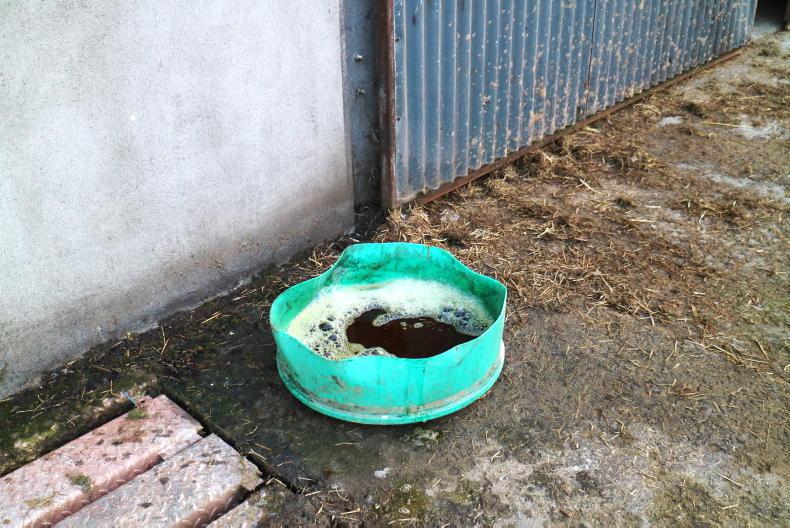Good hygiene is critical for cow and calf health. Cleaning and disinfecting sheds can sometimes feel like a poor use of time because it is impossible to have sheds spotlessly clean at this time of year. While it is true that calving sheds and calf sheds will never be surgically clean, like say an operating theatre in a hospital, there is much that farmers can do to reduce the burden of disease and therefore the probability of contracting disease.
Good hygiene is critical for cow and calf health. Cleaning and disinfecting sheds can sometimes feel like a poor use of time because it is impossible to have sheds spotlessly clean at this time of year.
While it is true that calving sheds and calf sheds will never be surgically clean, like say an operating theatre in a hospital, there is much that farmers can do to reduce the burden of disease and therefore the probability of contracting disease.
The big diseases of calves are scour and pneumonia. Between them, they account for the vast majority of calf problems. While not directly linked, if calves pick up scour their immunity will be under pressure and are more likely to pick up pneumonia if exposed to it and vice versa.
Therefore, reducing the burden of disease within a shed or calf house is an important first step in reducing the risk of sick calves. Providing a clean and dry lie, good ventilation and adequate milk from clean feeding equipment are other important steps towards ensuring good calf immunity and health.
Vulnerable
The new-born calf is extra vulnerable. The main area of vulnerability is the navel, which prior to leaving the womb was the connection point for the umbilical cord. With the cord broken, the navel is exposed and this exposure is a huge risk.

Allowing sheds to dry out is a key step in the prevention of disease. \ Odhran Ducie
If bacteria enters the navel area it can cause an infection such as joint ill and swelling around the navel. For this reason, farmers dip the navel in iodine or chlorhexidine antiseptic as soon as possible after calving.
The correct procedure recommended by vets for cleaning out calf and calving sheds is to clean the shed by removing all bedding material.
The next step is to wash the shed with a power washer and let it dry. The shed should then be disinfected by using disinfectant mixed at the correct rate and applied from a knapsack sprayer. The final step is to let it dry again before putting in new bedding.
However, it’s obviously not possible to let the shed dry twice during the season, particularly on busy dairy and beef farms.
Rotation
But where multiple calving pens are being used, these can be washed in rotation. For farmers with group maternity facilities, allowing the shed to dry before and after disinfecting will probably not be possible, unless it is completed when calving is quiet. However, the longer the time that the pen is left empty and dry the better as most bugs require moisture to survive.

Footbaths don't offer full protection from carrying disease in a calf shed.
It’s important to note that not all disinfectants will kill bugs such as coccidiosis and cryptosporidium, so if these diseases have been a problem for calves in the past, then use a disinfectant that will control them.
Spreading hydrated lime on walls and floors is another method of disinfecting sheds that many farmers practise before bedding sheds with straw.
Contamination
A common way for diseases to enter a farm is through visitors. Ideally, neighbouring farmers, calf buyers and vets should not enter calf sheds with healthy calves.
While it is easy to disinfect boots, a lot of the time clothing is dirty and because calves have a habit of licking things they could pick up infection from sucking or licking contaminated trousers.
It is good practise to remove calves for sale or sick calves from other calves and move them to a special area where the vet or calf buyers can see them.
Once in this area, calves should never return to the main calf shed with healthy calves.
Walls in sheds can often be a well of infection, particularly older walls that are not smooth and cannot be adequately power washed.
To get over this, some farmers are attaching stock board on to the wall – this is easier to clean and prevents calves from licking the walls.





SHARING OPTIONS: